Science Fact or Fantasy? 20 Imaginary Worlds
Fact or Fantasy?
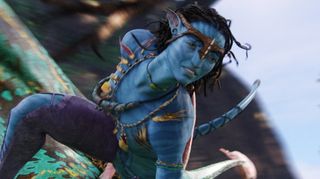
The stuff of fantasy and science fiction seem more and more like reality as science and technology continue to advance. Why not then look at imaginary worlds to get a glimpse at what tomorrow might be like? Here are 20 realms that have captured our imaginations before, rated by how plausible they might be, from possible to optimistic to hard to imagine to pure fantasy.
WARNING: Potential spoilers.
Star Trek Universe
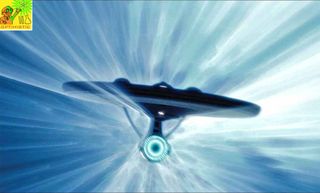
The "Star Trek" series is packed with science and technology that inspired generations of scientists and engineers -- faster-than-light travel, teleportation, beam weapons, universal translators, hologram-based virtual reality and mobile communicators, among others. A number of these have actually, in some form, become reality -- then again, physics apparently stands in the way of warp drives, and despite a great deal of hand-waving, there seems to be little reason that so many aliens look, behave and can mate with humans other than budgetary limits and storytelling purposes.
Science Rating: Optimistic.
Jurassic Park
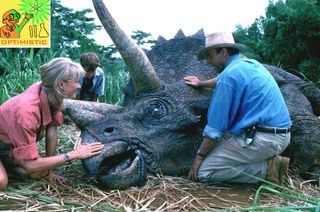
In "Jurassic Park," scientists have recreated dinosaurs and other extinct life using cloning techniques and ancient DNA in fossils. When asked, scientists are often skeptical that DNA could survive over such long time periods, much less used to create viable organisms. Still, novelist Michael Crichton did try to make concessions by noting that broken patches of ancient DNA could be filled in with that from other, living animals. [Crichton: A Legacy of Sci-Fi Thrillers]
Science Rating: Optimistic.
Star Wars' Galactic Republic
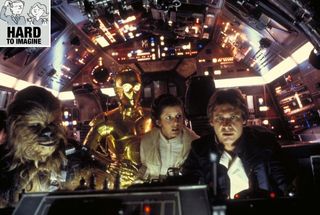
In "Star Wars," bionically enhanced characters battle with rayguns and communicate via holograms aboard spaceships over planet-killing weapons of mass destruction. The films have influenced science and technology in real life -- the space-based weapon platforms of the Strategic Defense Initiative debated in the 1980s were derisively called "Star Wars." Still, even more than faster-than-light travel, the biggest stumbling block toward accepting "Star Wars" as possible in reality -- despite a weak nod toward science with microscopic "midichlorians" in people's bodies -- is the notion of the Force as a physical force enabling telepathy, telekinesis and precognition.
Science Rating: Hard to Imagine.
The World of Narnia
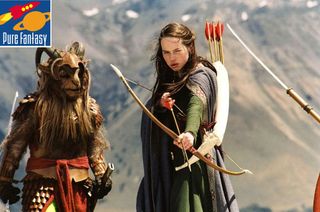
The back of a closet in the English countryside leads to another world, Narnia, where time passes differently than on Earth and children ally with a talking lion and mythical creatures against a witch armed with magic candy who can turn opponents into stone. The element regarding a portal to another planet where time passes at a different rate does bring science fiction to mind, but to be fair the Narnia series was not meant to be grounded in science.
Science Rating: Pure Fantasy.
Firefly Universe
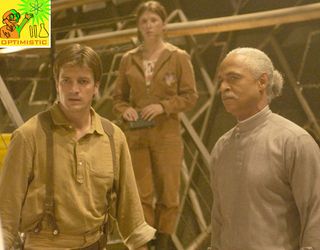
In the future depicted on the TV show "Firefly," humanity migrated from Earth and colonized a system by terraforming (making livable) its many planets and moons. Divides between rich and poor and a civil war lead many to live on inhospitable worlds, often relegated to possessing only comparatively primitive, Old West-level technology. The show told science fiction without robots, aliens and faster-than-light drives, with only a few rare fantastic elements, such as telepathy. The system also stretches the imagination somewhat with a system composed of five stars, dozens of planets and hundreds of moons, devised to enable stories spanning many worlds happen using only slower-than-light drives. [Warped Physics: 10 Effects of Faster-Than-Light Discovery]
Science Rating: Optimistic.
Land of Oz
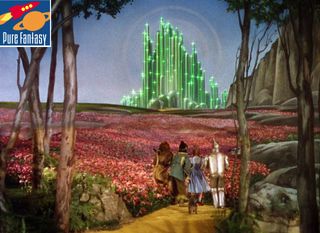
A whirlwind takes Dorothy to a land with talking scarecrows, lions and tin men, where she must travel down a yellow brick road to an emerald city and contend with witches. Interestingly, the process by which the Tin Woodman went from a biological to a mechanical existence is reminiscent of roboticist Hans Moravec's proposal to "upload" brains to computers, essentially by replacing one neuron at a time with microchips that can perform the same functions. Still, the flying monkeys seem unlikely.
Science Rating: Pure Fantasy.
J.R.R. Tolkien's Middle Earth
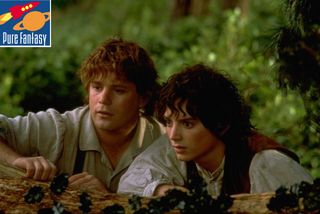
On Middle Earth, humans, elves, dwarves, hobbits and orcs engage in war — and occasionally marry — in a medieval-like world populated with giant wolves, eagles, spiders and more fantastical creatures. Scientists have uncovered tiny, big-footed distant relatives of ours that they have whimsically dubbed "hobbits," and modern humans did coincide and apparently interbreed with other humanoids such as Neanderthals. Researchers nowadays are even developing cloaks of invisibility vaguely reminiscent of the power granted by the One Ring. Still, a giant flaming Balrog seems unlikely in real life.
Science Rating: Pure Fantasy.
The Matrix
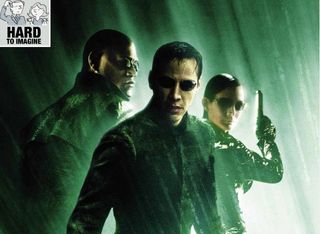
In the future depicted in movie series "The Matrix Trilogy," the war between humans and robots has devastated the planet and left humanity enslaved, with our brains connected to a computer-generated imaginary world and our bodies serving merely as power generators. Scientists are slowly making advances in robotics and virtual reality, but appear to be far away from generating a human-level artificial intelligence. Besides, there are much better ways to generate electricity than farming humans. [Robot Madness: Creating True Artificial Intelligence]
Science Rating: Hard to Imagine.
Larry Niven's Ringworld
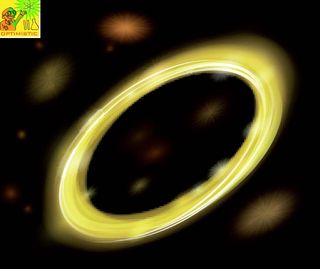
A team of humans and aliens visit the mind-boggling Ringworld, a giant artifact consisting of a ring about 180 million miles wide, roughly as wide as Earth's orbit around our sun, which is spinning fast enough for anything standing on its surface to experience a pull nearly equal that of Earth's gravity. This leads to roughly Earth-like conditions on the entire inner surface of the ring, for a usable area roughly 3 million times the surface of the Earth. There are many fantastic sci-fi elements within, such as telepathy, disintegrators, teleportation, faster-than-light travel, stasis fields and genetic predilections for luck. But the story remains as vigorous with science as possible with the Ringworld and the aliens it depicts. [6 Weird Facts About Gravity]
Science Rating: Optimistic.
The Neverending Story's Fantastica
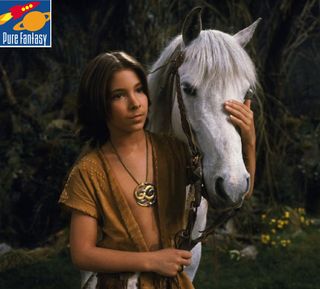
In Fantastica, known as Fantasia in the film, the young hero Atreyu must fight against a void of darkness known as the Nothing that is consuming the entire world. He is aided in his task by the luck dragon Falkor, and must contend with the wolf-like monster Gmork. Atreyu eventually finds his adventure intertwined with that of Bastian, a boy from our world, who is reading about Atreyu's exploits in the book dubbed "The Neverending Story." The story is pure fantasy, but there are scientists who conjecture that our universe is just a program running on an extraordinarily powerful computer in another universe — that we are, in a sense, virtual. [Rumor or Reality: The Creatures of Cryptozoology]
Science Rating: Pure Fantasy.
Sign up for the Live Science daily newsletter now
Get the world’s most fascinating discoveries delivered straight to your inbox.













